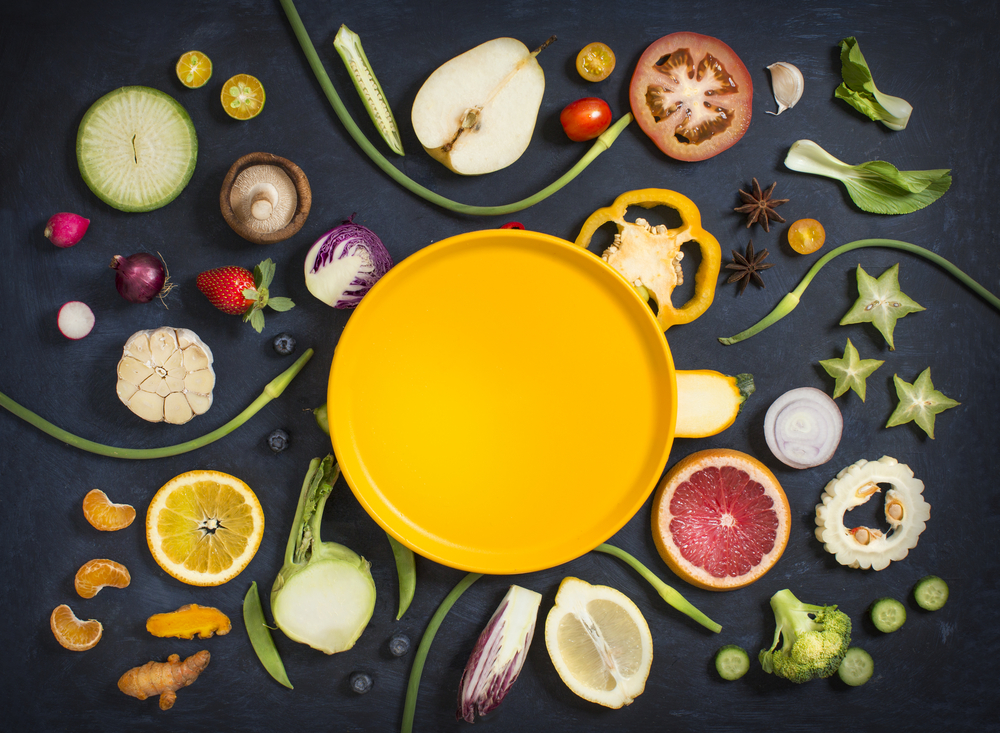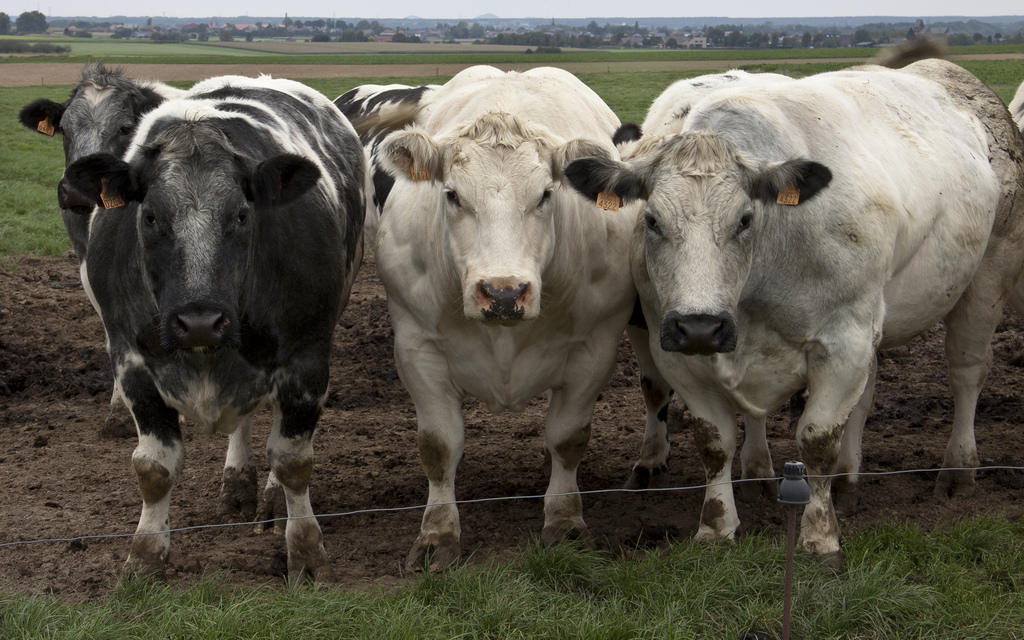In the same way that the #MeToo movement encouraged women to speak out about sexism in their workplaces, the return of the Black Lives Matter movement to the forefront of mainstream consciousness has given BIPOC a platform to start a conversation about racism in their fields. Notably, one such conversation is currently unfolding in the food industry. In early June of 2020, Adam Rapoport stepped down from his position as the editor-and-chief of Bon Appétit magazine when a photo of Rapoport wearing brownface at a party surfaced on Twitter. In the last few years, Bon Appétit has been steadily amassing an online following through its YouTube channel, which has helped the magazine present itself as an inclusive and diverse brand to its massive twenty-something audience. In an article for Vox, Alex Abad-Santos describes how
“A dramatic part of Rapoport’s resignation was watching the wall tumble between what he was presenting to the outside world—socially conscious, thoughtful, empathetic—and his real-life actions, which according to staffers included microaggressions, underpaying staff, and taking advantage of his assistant. The ousting of a man who wrote about the killing of George Floyd and standing in solidarity with immigrants and minorities while he was, at the same time, treating his black and brown staffers inequitably, feels a lot like justice.”
However, many former employees have pointed out that Bon Appétit’s problems cannot be solved merely by firing Rapoport. The magazine (and the food industry at large) are still built on a foundation of structural racism, a foundation which is obfuscated by gestures towards multiculturalism. Despite these hollow gestures, BIPOC within the industry have been undermined by their editors in insidious ways. Assistant editor Sohla El-Waylly, for example, claimed in an Instagram post that she would be “pushed in front of video as a display of diversity,” and that only white editors were paid for their video appearances on the magazine’s YouTube channel. Former employees like Alex Lau felt pressured to only make food from their culture, and were told by their editors that “ethnic” food would not be interesting enough to the magazine’s audience. Nikita Richardson, a former black employee, struggled with the emotional toll of working in such a toxic work culture, explaining how “You see your coworkers every day of your life, and to go into work every day and feel isolated is misery-inducing . . . Nowhere have I ever felt more isolated than at Bon Appétit.”
It is especially important that this interrogation of white hegemony is happening within the food industry. We tend to think of food as apolitical, one of the few neutral grounds where all people can meet without cultural or ideological baggage. There’s a reason that cooking shows are a safe bet for major networks hoping to attract the largest possible audience. Cooking shows are generally innocuous and uncontroversial, and because food makes up such a large part of our daily lives, it’s impossible for all viewers not to relate on some level. However, food is a deeply moral and political subject. The foundational story of Christian moral philosophy, the story of Adam and Eve from the book of Genesis, is, after all, a story about eating, which indicates that food is a central symbol within philosophical discourse.
Food is political chiefly because it connects us to the world and reveals our place within larger structures of power. As scientist Louise Fresco explains in her book Hamburgers in Paradise,
“Every mouthful we eat connects us with those who long ago started to domesticate plants and animals, with the migrants and traders who spread them across the world . . . with the farmers who are proud of their land and their work, and with the laborers who pick beans and mangoes and pack them and in some cases endure appalling working conditions.”
Food is such a potent way of conceptualizing how social networks function under capitalism that in the 2017 play Young Marx, a fictionalized version of Marx uses the ingredients of his breakfast to explain how capitalism (and the things produced by it) alienate us from other people. He says, “Before capitalism I could see my brother’s hand in the labor content of my breakfast,” pointing out the division between factories that produce food and the tables those items eventually end up on. “A sausage could explain my life,” Marx exclaims, because food (as a young Engels chimes in) “maps your social relations.”
This relationship between food and consumer becomes even more muddled when we consider the online cooking-as-entertainment industry, which Bon Appétit participates in. Even when produced for the sake of entertainment and not consumption, food doesn’t lose its ability to map social relations. Media critic Dan Olson points out in a video released shortly before Rapoport’s resignation that
“Cooking entertainment can’t avoid [food politics] . . . any show is going to inherit those meanings and symbols purely by virtue of the kinds of food the show considers normal, what it considers exotic, and what it assumes the viewer is familiar with or has access to.”
Olson explains that spectacle is generally the main element of online cooking shows. The spectacle can be the chef’s outrageous or charismatic personality (popular celebrity chef Gordon Ramsay has built his entire brand on this) or outlandish ingredients (donuts draped in gold-leaf or five hundred-dollar steak dinners, to name a few examples). Bon Appétit’s most popular series, Gourmet Makes, is about a pastry chef who attempts to recreate processed snack foods like Twinkies using high-quality ingredients, a spectacle which draws in millions of views per video.
But the spectacle can also be an “exotic” dish or regional cuisine unfamiliar to American viewers. Travel food shows, both on television and on the internet, often participate in this not-so-subtle racism. A white foodie will visit a non-Western culture and “discover” dishes unfamiliar to Westerners, emphasizing how new or outlandish such dishes are. So-called “superfoods” often rely on the same racist assumptions. Labeling goji berries or acai a superfood gives those products a veneer of the unfamiliar, even imbuing them with magical properties. Bon Appétit has specifically come under fire for this practice. An apology released by the magazine on June 10 in the wake of Rapoport’s resignation acknowledges that “Our mastheads have been far too white for far too long. As a result, the recipes, stories, and people we’ve highlighted have too often come from a white-centric viewpoint. At times we have treated non-white stories as ‘not newsworthy’ or ‘trendy.’” Non-white labor has historically been invisible in white kitchens and restaurants, which is why the tokenization of non-white food and culture for the sake of a magazine spread is especially wrong.
It’s difficult to say if Bon Appétit will actually follow through on its promise to be better. Matt Hunziker, a white video editor who has vocally challenged the racism his colleagues experienced at Bon Appétit, was suspended from the company on June 25, supposedly because of his willingness to speak out against the company. If Bon Appétit is unable to change its ways, one possible response would be to decenter massive media conglomerates like Condé Nast (the company that owns Bon Appétit, as well as Vogue, The New Yorker, Vanity Fair, and GQ) by investing more material resources in BIPOC chefs and food writers working outside of mainstream food discourse. Only paying lip-service to non-white food without giving chefs the material advantages will only perpetuate an unequal and immoral system.


